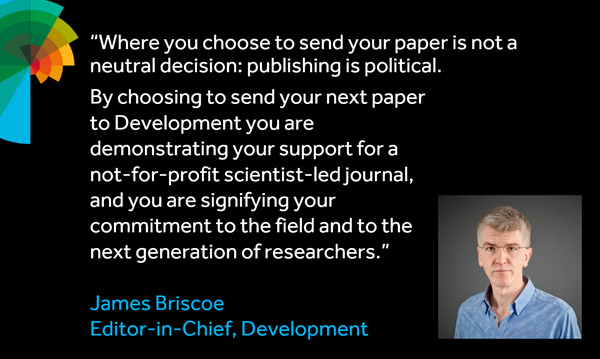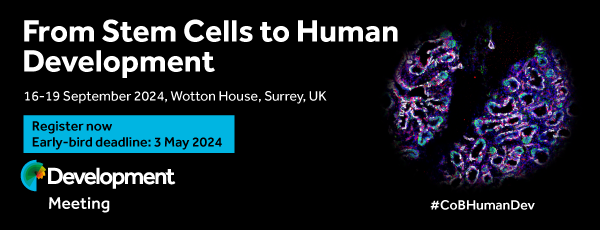Birth defects result from interactions between genetic and environmental factors, but the mechanisms remain poorly understood. We find that mutations and teratogens interact in predictable ways to cause birth defects by changing target cell sensitivity to Hedgehog (Hh) ligands. These interactions converge on a membrane protein complex, the MMM complex, that promotes degradation of the Hh transducer Smoothened (SMO). Deficiency of the MMM component MOSMO results in elevated SMO and increased Hh signaling, causing multiple birth defects. In utero exposure to a teratogen that directly inhibits SMO reduces the penetrance and expressivity of birth defects in Mosmo−/- embryos. Additionally, tissues that develop normally in Mosmo−/- embryos are refractory to the teratogen. Thus, changes in the abundance of the protein target of a teratogen can change birth defect outcomes by quantitative shifts in Hh signaling. Consequently, small molecules that re-calibrate signaling strength could be harnessed to rescue structural birth defects.
Gene-teratogen interactions influence the penetrance of birth defects by altering Hedgehog signaling strength
Lead Contact
- Award Group:
- Funder(s): National Institutes of Health
- Award Id(s): GM118082
- Funder(s):
- Award Group:
- Funder(s): American Heart Association
- Award Id(s): 14POST20370057
- Funder(s):
- Award Group:
- Funder(s): U.S. Department of Defense
- Award Id(s): W81XWH-15-1-0649
- Funder(s):
Currently Viewing Accepted Manuscript - Newer Version Available
- Split-screen
- Views Icon Views
- Open the PDF for in another window
-
Article Versions Icon
Versions
- Version of Record 04 October 2021
- Accepted Manuscript 06 September 2021
- Share Icon Share
-
Tools Icon
Tools
- Search Site
Jennifer H. Kong, Cullen B. Young, Ganesh V. Pusapati, F. Hernán Espinoza, Chandni B. Patel, Francis Beckert, Sebastian Ho, Bhaven B. Patel, George C. Gabriel, L. Aravind, J Fernando Bazan, Teresa M. Gunn, Cecilia W. Lo, Rajat Rohatgi; Gene-teratogen interactions influence the penetrance of birth defects by altering Hedgehog signaling strength. Development 2021; dev.199867. doi: https://doi.org/10.1242/dev.199867
Download citation file:
Advertisement
Call for papers: Uncovering Developmental Diversity

Development invites you to submit your latest research to our upcoming special issue: Uncovering Developmental Diversity. This issue will be coordinated by our academic Editor Cassandra Extavour (Harvard University, USA) alongside two Guest Editors: Liam Dolan (Gregor Mendel Institute of Molecular Plant Biology, Austria) and Karen Sears (University of California Los Angeles, USA).
Choose Development in 2024

In this Editorial, Development Editor-in-Chief James Briscoe and Executive Editor Katherine Brown explain how you support your community by publishing in Development and how the journal champions serious science, community connections and progressive publishing.
Journal Meeting: From Stem Cells to Human Development

Register now for the 2024 Development Journal Meeting From Stem Cells to Human Development. Early-bird registration deadline: 3 May. Abstract submission deadline: 21 June.
Pluripotency of a founding field: rebranding developmental biology

This collaborative Perspective, the result of a workshop held in 2023, proposes a set of community actions to increase the visibility of the developmental biology field. The authors make recommendations for new funding streams, frameworks for collaborations and mechanisms by which members of the community can promote themselves and their research.
Read & Publish Open Access publishing: what authors say

We have had great feedback from authors who have benefitted from our Read & Publish agreement with their institution and have been able to publish Open Access with us without paying an APC. Read what they had to say.



